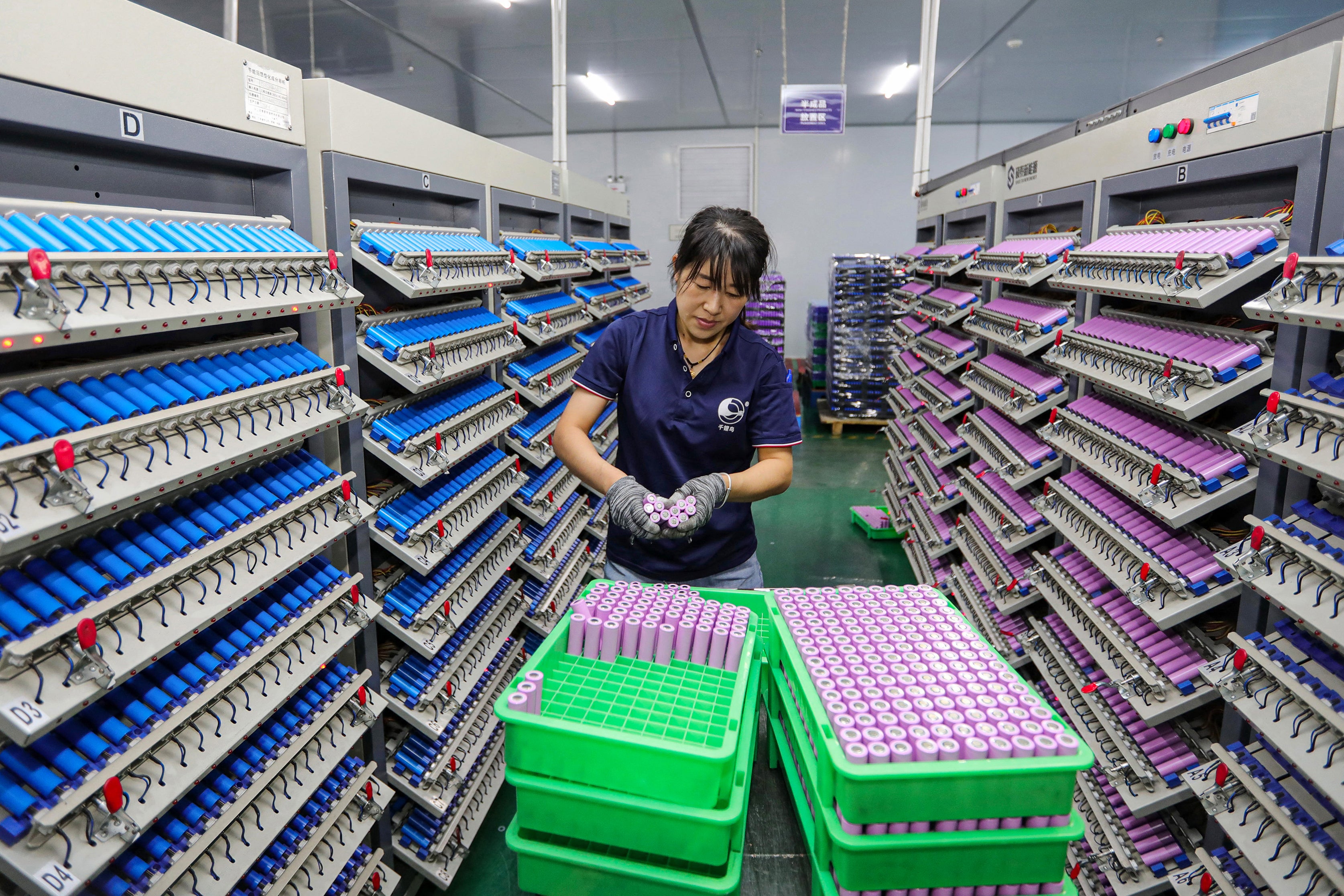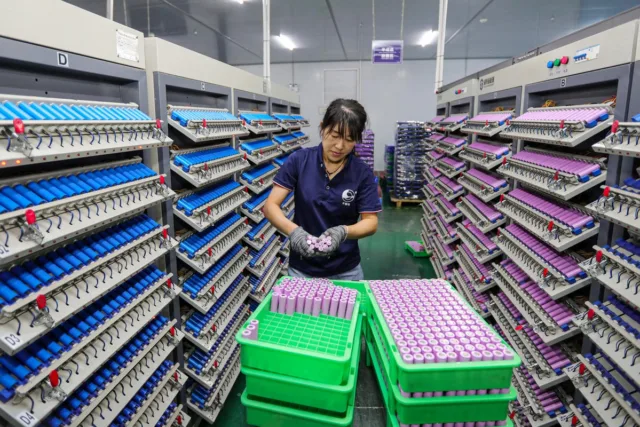Chinese scientists have developed a breakthrough lithium metal battery that stores twice as much energy as Tesla’s most advanced electric vehicle battery
Researchers at Tianjin University have made a battery with an energy density of over 600 watt-hours per kilogram.
Energy density – the amount of energy stored per unit mass – determines how much power is stored in a device. The greater the energy density, the smaller and lighter the battery can be.
Lithium metal batteries are known to have a higher theoretical energy density than conventional lithium ion batteries and are considered a promising next-generation solution.
The energy density achieved in the latest battery is twice that of the Tesla cell’s 300 watt-hours per kg and far more than the BYD Blade’s 150 watt-hours per kg.
The findings, published in the journal Nature on Wednesday, represent a 200-300 per cent improvement over current lithium metal battery energy density and endurance.
Lithium battery electrolytes typically rely on solvation structures, orderly arrangements of solvent molecules around lithium ions, which can also create barriers to performance.
While this arrangement stabilises lithium ions, it impedes rapid and uniform lithium deposition during charging and use.
Such structures can limit a battery’s longevity, safety and energy density, posing a significant challenge.

“The practical applications of LMBs are constrained by current electrolyte designs that inherently rely on dominant solvation structures,” researchers said in the study.
For the new battery, researchers reimagined the solvation environment of lithium ions, overcoming the limitations of current electrolyte designs.
They developed a new “delocalised electrolyte” with a more disordered, delocalised solvation microenvironment, reducing barriers to ion transport and allowing enhanced stability – two critical factors behind battery performance and cycle life.
The new electrolyte design has a more heterogeneous environment that allows for more fluid lithium-ion dynamics.
When scientists tested this electrolyte in commonly used high-capacity lithium metal pouch cells, it delivered an unprecedented energy density of 604.2 watt-hours per kg, while maintaining stable cycling over 100 cycles.
This energy density surpasses Beijing’s goal under the “Made in China 2025” plan for electric vehicle batteries to reach 400 watt-hours per kg.
Researchers have already deployed the new technology for the production of high-energy lithium metal batteries for drones.







